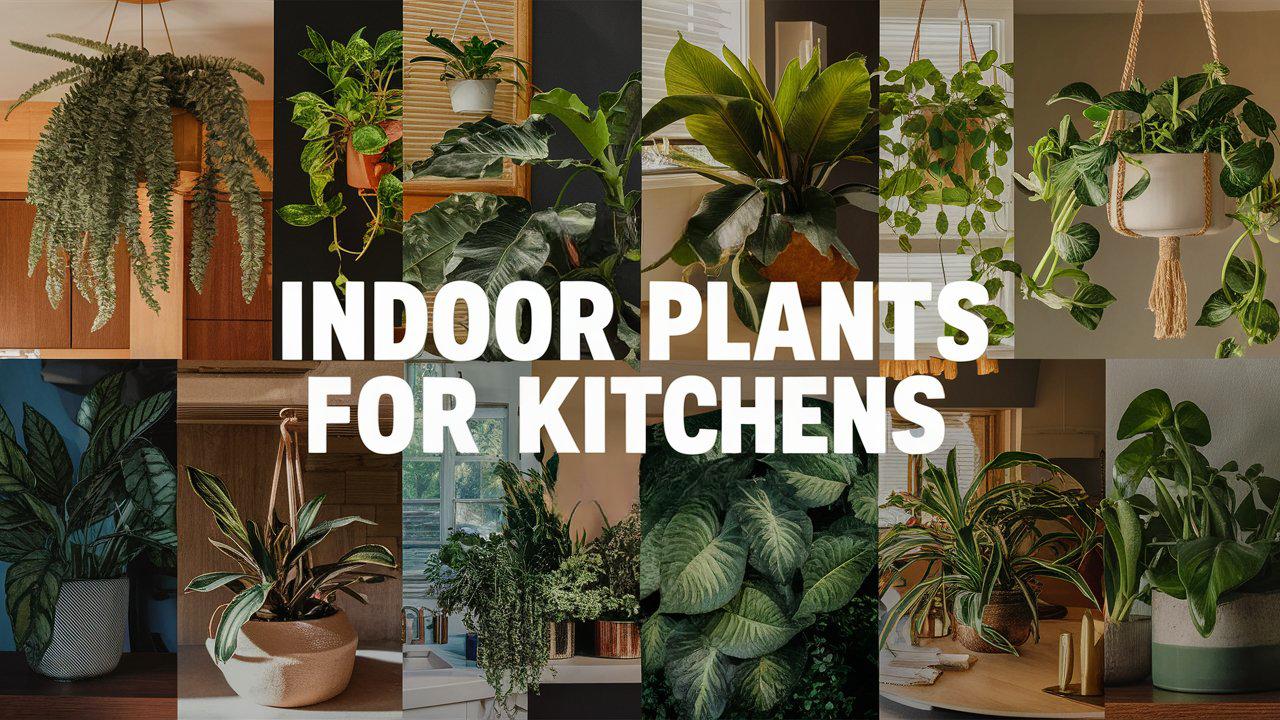Kitchens are more than just spaces for cooking; they are the heart of the home where meals are crafted, family gatherings take place, and daily routines unfold. Adding indoor plants can enhance the kitchen’s ambiance, purify the air, and even contribute to culinary endeavors. Here’s a curated selection of 20 unique indoor plants that suit kitchen environments, offering various benefits from aesthetic appeal to culinary use.
Pothos (Epipremnum aureum)
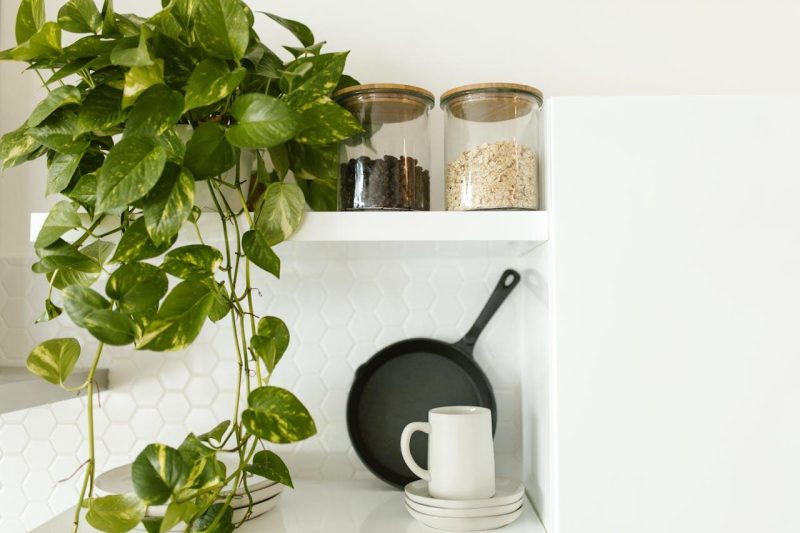
Known for its trailing vines and lush green leaves, Pothos is an excellent choice for any kitchen. It thrives in low-light conditions and can tolerate occasional neglect. Whether you hang it from shelves or allow it to cascade from window sills, its vibrant foliage adds charm while also helping to purify the air, making it both beautiful and beneficial.
Sweet Basil (Ocimum basilicum)
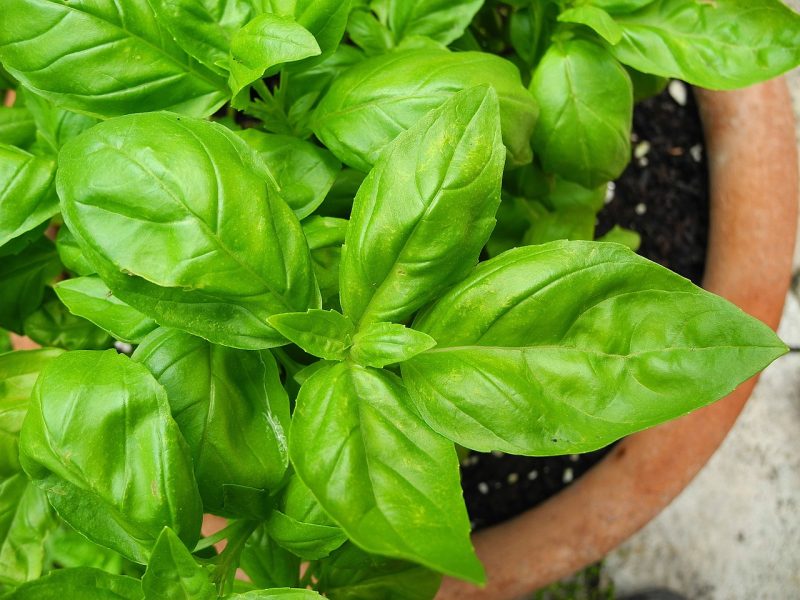
Sweet basil is a coveted herb for many home cooks and is one of the best indoor plants for kitchens. It loves warm spaces with plenty of light and can be snipped for use in dishes like pasta and salads. Growing sweet basil indoors is easy, and regular pruning encourages bushier growth. Not only does it impart flavor to meals, but its delightful aroma enhances the kitchen atmosphere.
Snake Plant (Sansevieria trifasciata)
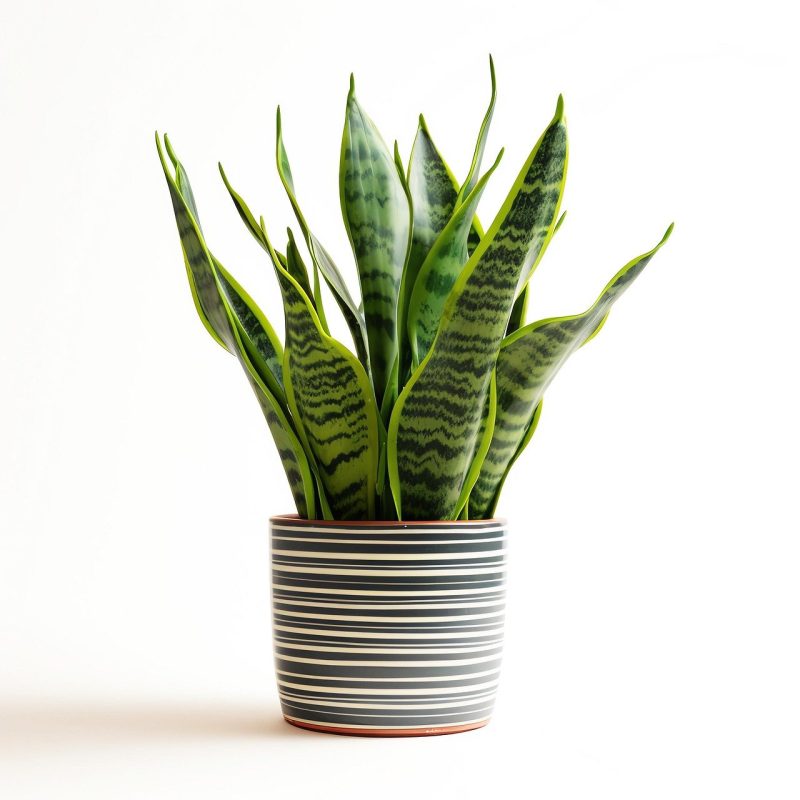
Snake plants are known for their striking upright leaves and remarkable air-purifying capabilities. They tolerate low light and infrequent watering, making them perfect for busy kitchens. Their unique vertical shape adds an aesthetic element to countertops or windowsills while improving indoor air quality, filtering toxins and ensuring a fresher cooking environment.
Spider Plant (Chlorophytum comosum)
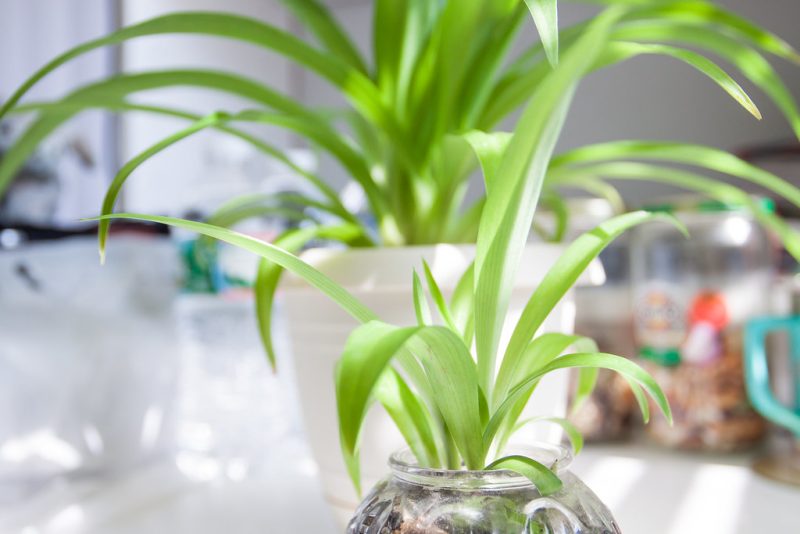
The spider plant is a hardy indoor plant that produces offshoots, known as “pups,” which can be propagated easily. With its green leaves accented by white stripes, it’s visually appealing and great for hanging baskets in kitchens. Spider plants are efficient air purifiers, absorbing harmful pollutants and contributing to a healthier home.
Rosemary (Rosmarinus officinalis)
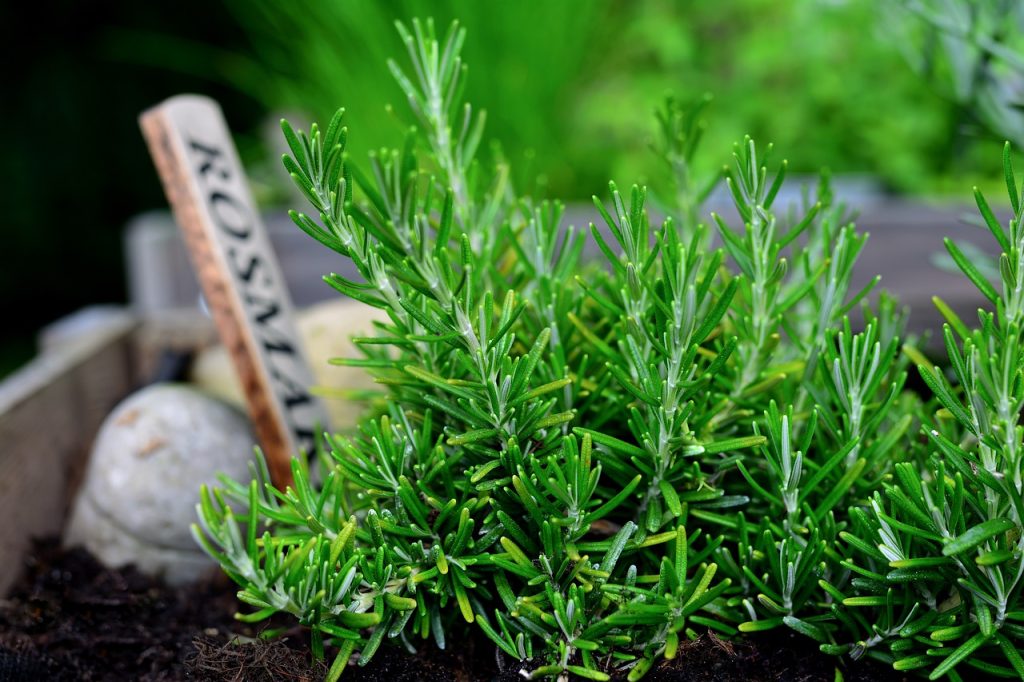
As a fragrant herb, rosemary thrives in bright sunlight and is a staple in many culinary traditions. Growing this hardy herb in your kitchen not only provides fresh sprigs for seasoning but also brings a pleasant aroma. It can be grown in pots on windowsills or as part of a kitchen herb garden. The evergreen leaves also add a touch of green all year round.
ZZ Plant (Zamioculcas zamiifolia)
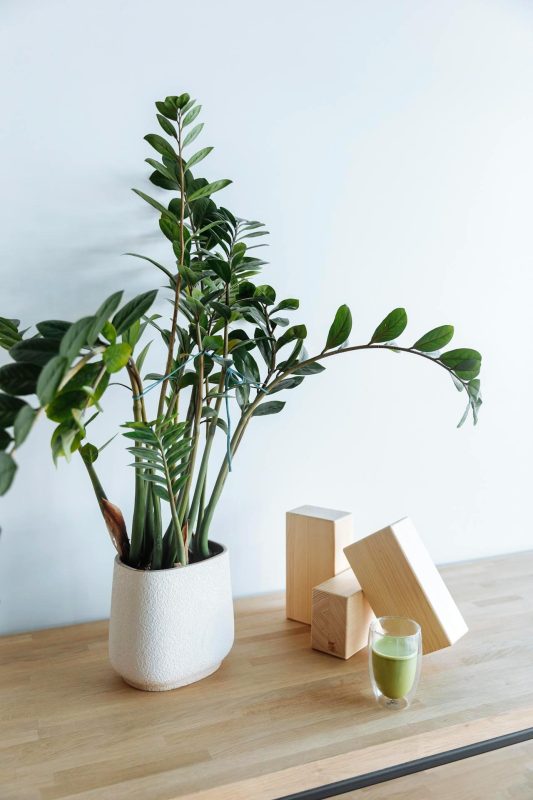
ZZ plants are the epitome of resilience, thriving in low light and requiring little care. Their glossy, dark green leaves create an elegant look while adding sophistication to kitchen spaces. This plant is perfect for those who may not have a green thumb but still want to enjoy greenery in their kitchen without extensive effort.
Mint (Mentha spp.)

Mint is a versatile herb that’s simple to grow in the kitchen, needing only a sunny spot and regular watering. Whether you prefer spearmint or peppermint, this plant brings a refreshing fragrance and flavor to dishes and beverages. Mint can also be grown in pots, which prevents it from spreading uncontrollably, making it an ideal indoor companion in the kitchen.
Fiddle Leaf Fig (Ficus lyrata)
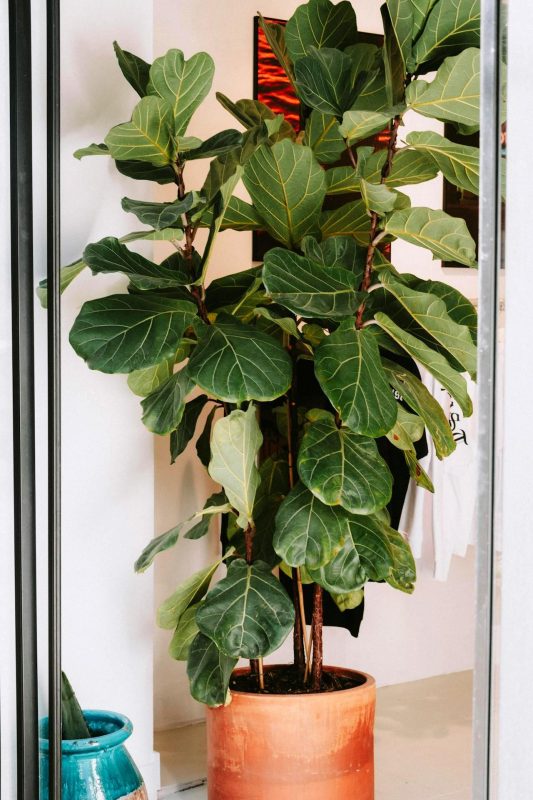
The fiddle leaf fig is known for its dramatic, large leaves and can serve as a statement piece in a kitchen. Although it requires a bit more care—preferring bright, indirect light and consistent moisture—its striking appearance can significantly elevate the design of the kitchen space. This plant’s boldness makes it a popular choice for modern interiors.
Chives (Allium schoenoprasum)
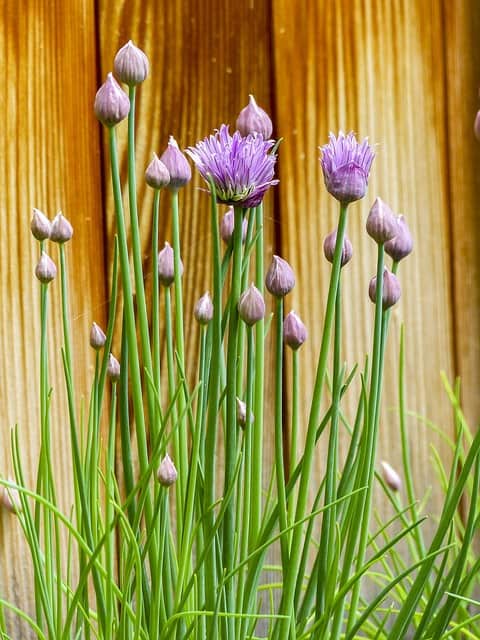
Chives are easy to grow indoors, requiring minimal space and maintenance. They thrive in pots on windowsills, allowing for fresh harvests right when you need them. With mild onion-like flavor, chives can significantly enhance dishes, making them a perfect addition to salads, soups, and dips. Their petite purple flowers also add visual interest.
Air Plant (Tillandsia)
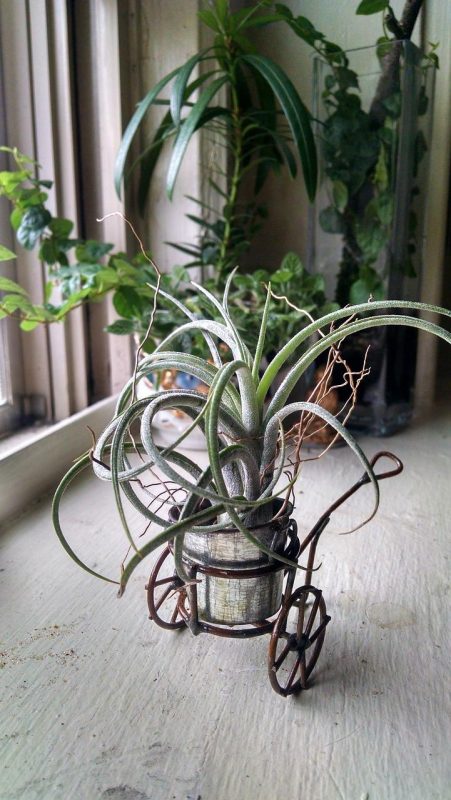
Air plants stand out due to their ability to thrive without soil. They can be displayed in creative ways, such as in hanging glass terrariums or mounted on wooden boards. Air plants are low-maintenance and can adapt to various light conditions, making them a stylish and unique option to spruce up your kitchen décor without taking up space.
Lavender (Lavandula)
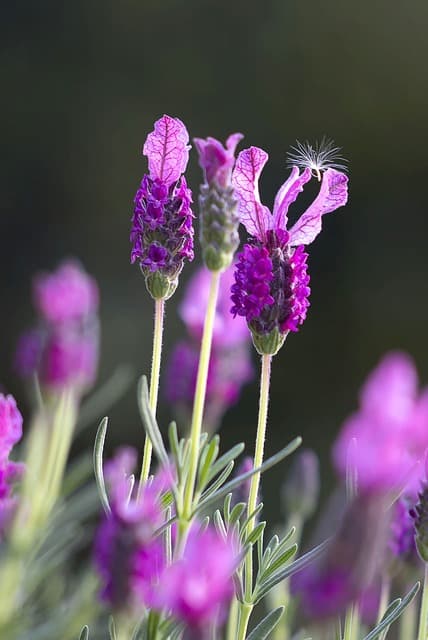
Lavender’s soothing fragrance and striking purple flowers make it an excellent choice for kitchens that receive adequate sunlight. Use it to infuse flavor into dishes or to create calming herbal teas. Lavender also works as a natural air freshener and helps to keep unwanted pests at bay, all while livening up your kitchen space with color and aroma.
Dragon Tree (Dracaena marginata)
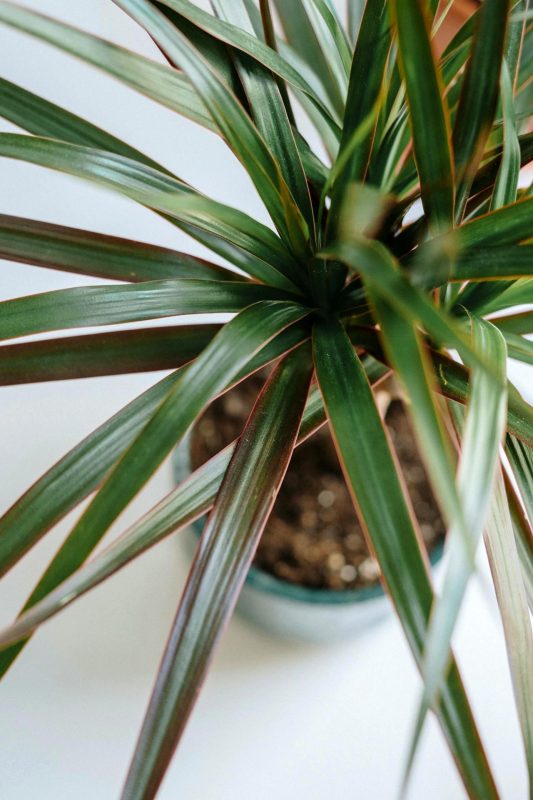
The dragon tree is a striking plant with thin, arching leaves and a trunk-like stem. This drought-tolerant plant can thrive in indirect light, making it an attractive addition to kitchens. Besides its ornamental value, the dragon tree can help filter the air and contribute to a healthier indoor environment. Its unique silhouette also fits seamlessly into modern décor, making it a perfect choice for stylish kitchen spaces.
Thai Basil (Ocimum basilicum var. thunbergii)
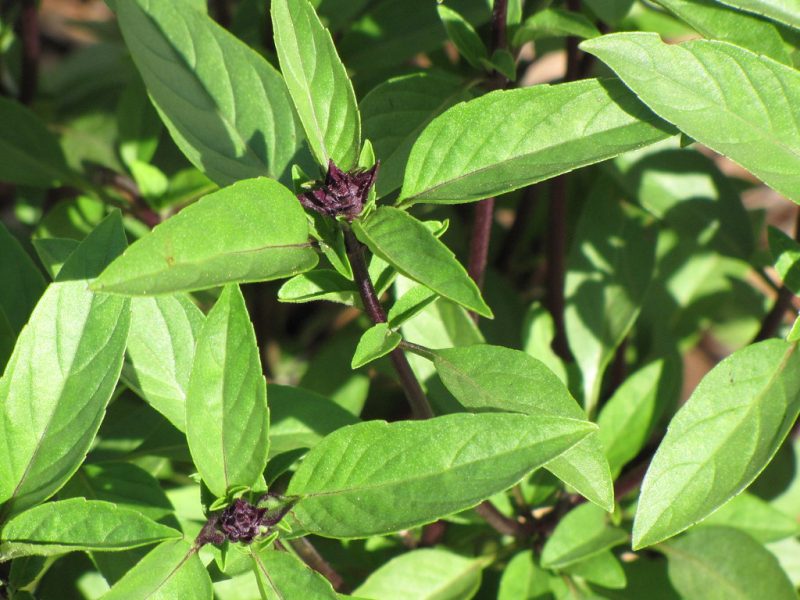
Thai basil is not only a powerhouse herb in Southeast Asian cuisines but also a fantastic option for indoor kitchens. Its rich flavor and aromatic leaves enhance dishes like stir-fries and curries. This herb thrives in warm, sunny spots, and with periodic harvesting, it will flourish, ensuring that fresh leaves are always available for your culinary adventures.
Ficus elastica (Rubber Plant)

The rubber plant is revered for its glossy, large leaves that can add a touch of elegance to any kitchen. It thrives in bright, indirect light and can tolerate some neglect, making it a great choice for those who may not have a lot of time to dedicate to plant care. Known for its air-purifying properties, the rubber plant helps remove indoor toxins, enhancing the quality of the air in your kitchen.
Culinary Sage (Salvia officinalis)

Sage is a popular culinary herb known for its aromatic leaves and robust flavor, making it ideal for savory dishes and marinades. This plant prefers bright sunlight and well-draining soil, thriving on kitchen windowsills. Not only does it elevate your culinary creations, but it also boasts beautiful gray-green foliage, adding a lovely visual element to your cooking space.
Christmas Cactus (Schlumbergera)

Unlike many typical kitchen plants, the Christmas cactus is a flowering succulent that brightens up the season. While it’s particularly noted for its beautiful blooms during the winter months, it can thrive in kitchens that have bright indirect light. Its unique appearance and color variations make it a cheerful addition, and it requires minimal care, needing only occasional watering.
Aloe Vera (Aloe barbadensis miller)
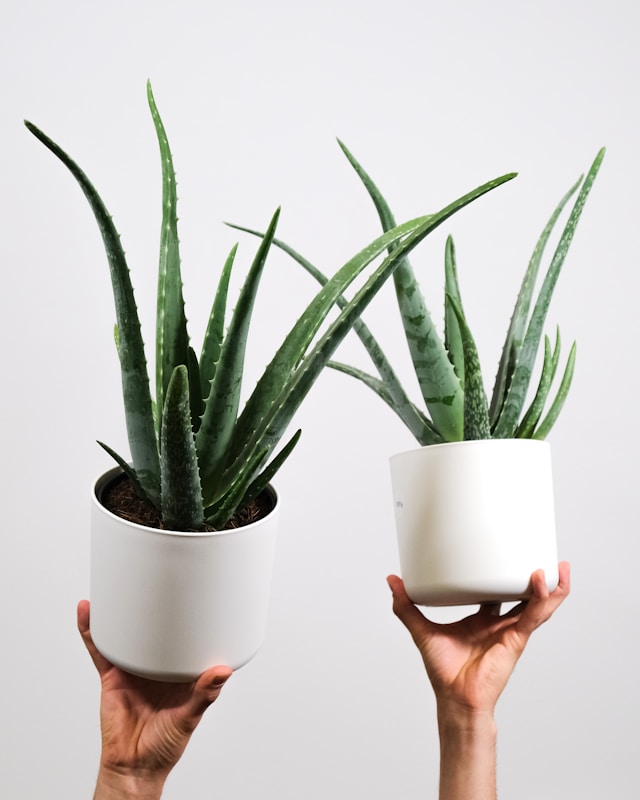
Aloe vera is not just a beautiful succulent; it’s also packed with benefits. Its gel-filled leaves can be used to soothe minor burns and skin irritations. Displaying an aloe vera plant in the kitchen ensures that you have this natural remedy easily accessible. Aloe grows well in well-draining soil and bright, indirect light, making it a practical and attractive option for kitchen gardening.
Peace Lily (Spathiphyllum)
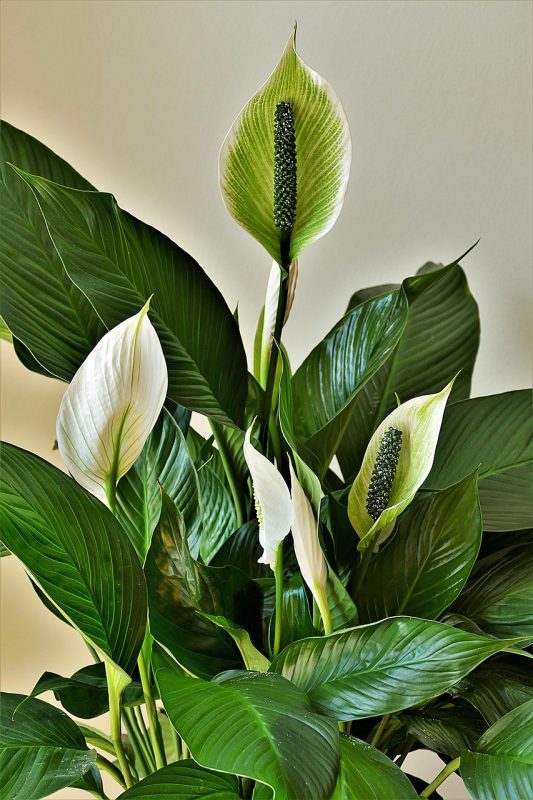
The peace lily is known for its beautiful white flowers and lush green leaves. It thrives in low to medium light, making it perfect for kitchens that may not have abundant sunlight. Peace lilies are also exceptional air purifiers, absorbing toxins like formaldehyde and ammonia, contributing to a cleaner cooking environment. Plus, their striking appearance can elevate the visual appeal of any kitchen décor.
Chinese Money Plant (Pilea peperomioides)
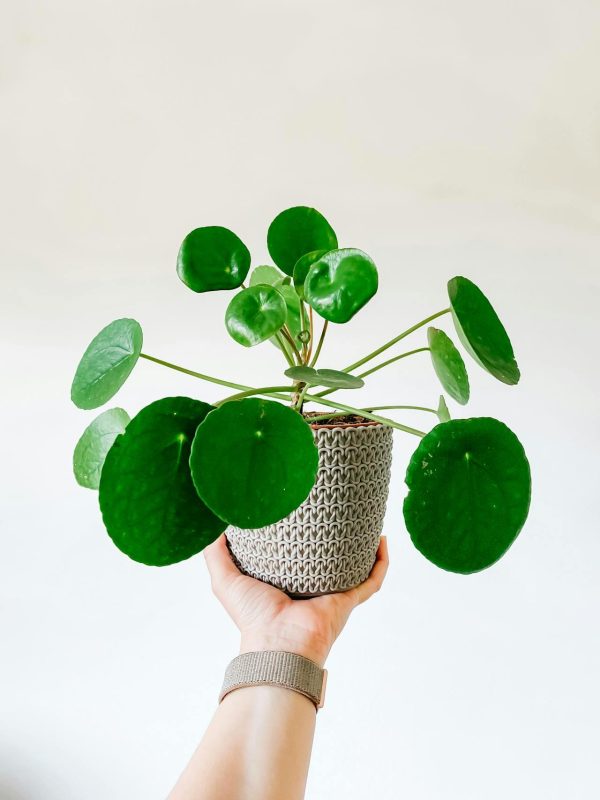
The Chinese money plant, known for its round, coin-like leaves, is not only attractive but also symbolizes good fortune. This plant prefers bright, indirect light and can grow well on countertops or window sills. The cheerful, inviting leaves add a vibrant touch to your kitchen while making a unique statement piece that guests will notice.
Golden Pothos (Epipremnum aureum ‘Golden’)

A variation of the classic pothos, the Golden Pothos features stunning green leaves with mottled golden-yellow patterns. It retains the same hardiness and adaptability, thriving in low to bright indirect light. Its draping vines can create a lush look over countertops or shelves, making it a beautiful addition to the kitchen while promoting a healthy indoor atmosphere.
Calathea (Calathea spp.)

Calathea plants are known for their striking foliage, characterized by unique patterns and colors. They prefer indirect sunlight, making them well-suited for kitchens that don’t receive a lot of direct light. While they can be more high-maintenance in terms of humidity and watering, their stunning leaves add a tropical vibe to your kitchen decor, making them a worthwhile investment.
Conclusion
Incorporating indoor plants into your kitchen is an inviting way to bring life, color, and some functionality into this vital space. These 20 unique plants each offer distinct attributes, whether you’re looking for culinary herbs, aesthetic beauty, or air purification. By carefully selecting plants that suit your kitchen’s light conditions and your personal gardening style, you can create a thriving indoor garden right in the heart of your home.
Imagine fragrant herbs just within reach, vibrant foliage brightening up your workspaces, and even eye-catching plants serving as natural air purifiers. Not only do these plants enhance the beauty of the kitchen, but they also contribute to a delightful cooking experience. Choose a few (or many) from this vibrant list and start your indoor kitchen garden today—your culinary creations will thank you!


